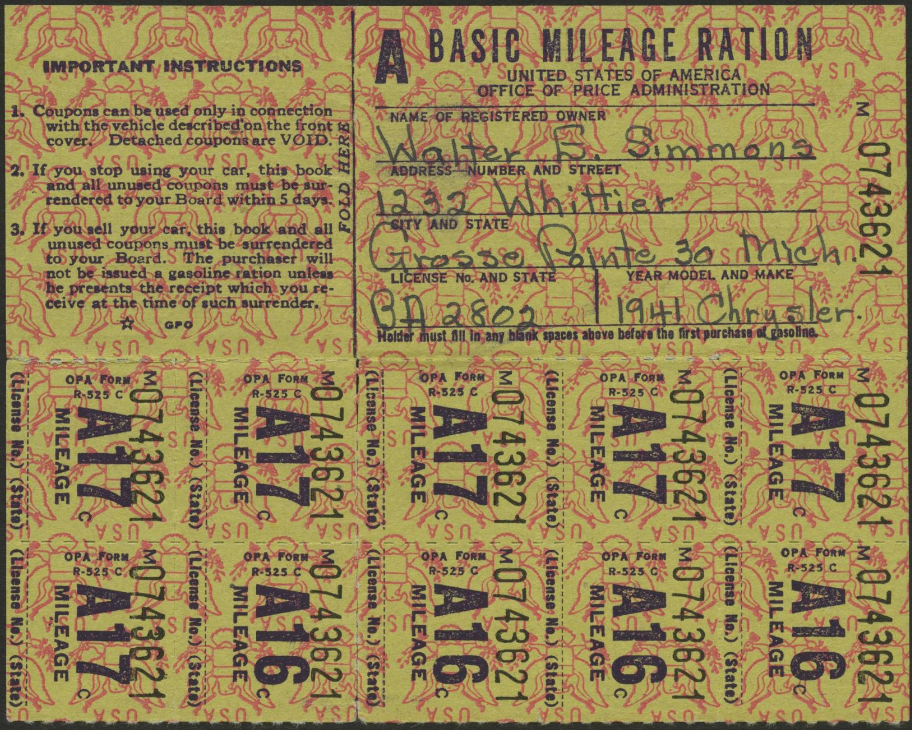by Bruce Wells | Nov 1, 2023 | Petroleum Pioneers
Businesswoman prospered in booming turn-of-century Pennsylvania oilfields.
In 1899, Mary Byron Alford, the “Only Woman in the World who Owns and Operates a Dynamite Factory,” prospered in the midst of America’s first billion-dollar oilfield. Mrs. Alford’s oilfield nitro factory cooked 3,000 pounds of nitroglycerin every day.
The 85,000-acre Bradford oilfield in north-central McKean County, Pennsylvania, and south-central Cattaraugus County, New York, remains an important part of U.S. petroleum heritage. There are many reasons, including Mary Alford’s pioneering oilfield career at the turn of the century.

Penn-Brad Oil Museum Director Sherri Schulze in 2005 exhibited a laminated (though wrinkled) newspaper article from 1899. “This was done by a student many years ago,” she said. “It was a school project done by one of Mrs. Alford’s descendants.”
(more…)
by Bruce Wells | Aug 14, 2023 | This Week in Petroleum History
August 14, 1986 – California Oil Museum Building listed as National Historic Place –
The original headquarters of the Union Oil Company in Santa Paula, California — constructed in 1890 and an oil museum since 1950 — was added to the National Register of Historic Places. Today the California Oil Museum on 1001 East Main Street, the renovated Union Oil offices can be toured on the second floor, above the former Santa Paula Hardware Company and Post Office. Union Oil moved its headquarters to Los Angeles in 1901.

The Union Oil Company headquarters building, built in 1890, is home of the California Oil Museum.
Also designated a Ventura County Cultural Heritage Landmark, the California Oil Museum includes working oilfield models, a 19th century cable-tool drilling rig, Union Oil gas station memorabilia, and an Energy Education Lab with STEM activities for students.
August 15, 1945 – End of World War II Gas Rationing
One day after President Harry Truman announced World War II was over, gasoline rationing ended in America. Food rationing had begun in early 1942 with rubber and gasoline added in December by the Office of Price Administration. Most civilian drivers received a windshield sticker with ration coupons for gasoline limiting them to four gallons a week. A ration book “B” sticker allowed business owners up to eight gallons a week.

World War II gasoline ration stamps and mileage card, Grosse Pointe, Michigan. Image courtesy Henry Ford Museum.
According to the National World War Two Museum, a “C” sticker was for people with professional occupations, an “M” sticker for motorcycles, and a “T” sticker for truck drivers. A 35 mph speed limit was established for the duration of the war. By the end of 1945, sugar remain the only commodity still being rationed. (more…)




